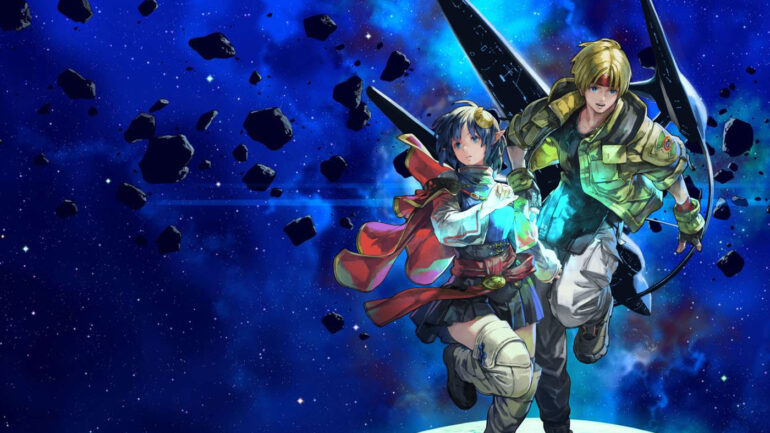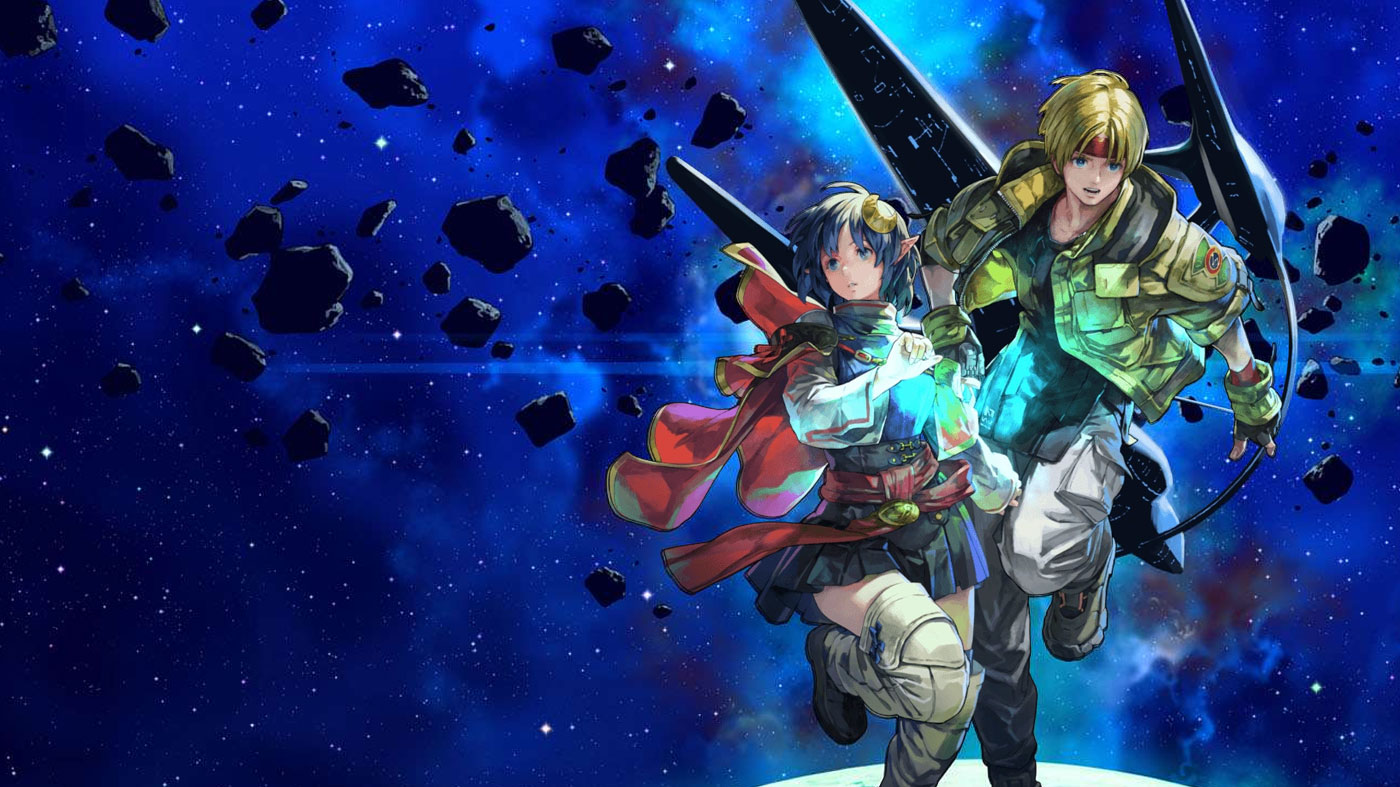Star Ocean has always lived in the shadow of Final Fantasy. Perhaps you’d argue that’s because it’s a wildly inconsistent franchise. You wouldn’t be wrong. Of the six mainline titles, I’d argue only half of those are sure-fire hits with the RPG crowd. But no game has ever come close to Star Ocean: The Second Story. The first game on PlayStation and the one that arguably blew the franchise up for many people, it’s one of my favourite RPGs. I was hesitant that a remake could do the game justice, given the treatment by a previous remaster in 2009, but Star Ocean: The Second Story R is easily the best way to play.
Star Ocean: The Second Story R sees Claude Kenny transported to the foreign planet of Expel. There, through unfortunate circumstances, he meets Rena Langford, a young girl who grew up on the planet. During a battle, Rena sees Claude using his phaser and mistakes it for “The Sword of Light,” which a prophesied hero would wield. Elsewhere, a mysterious structure called the Sorcery Globe crash-lands on Expel, and people start behaving strangely. Claude doesn’t believe he’s the hero but agrees to help Rena investigate the globe, hoping it will lead to a way home for him.
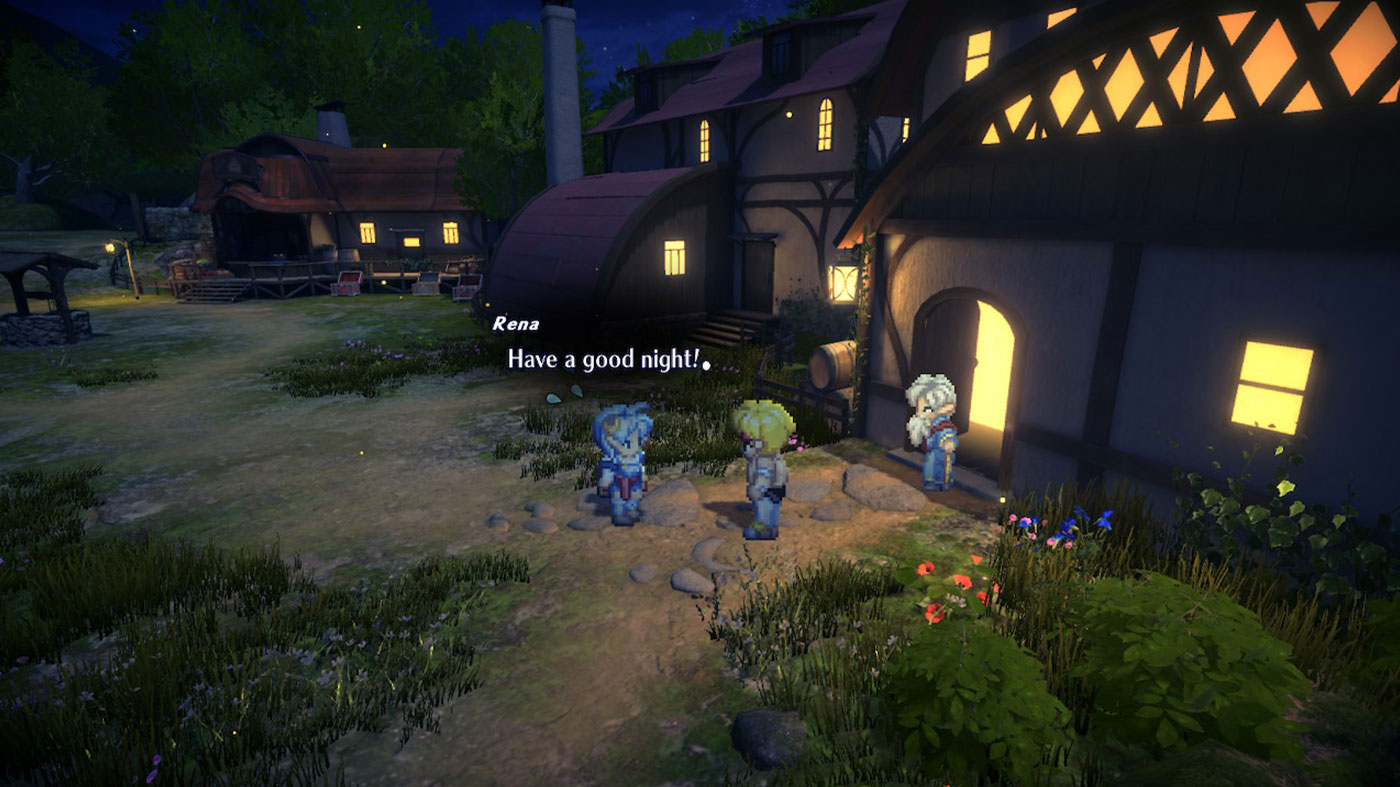
When you begin the game, you can select whether to follow the story from Claude or Rena’s perspective. The character you choose will affect which side of certain events you’ll see and also affects which characters will join your party. The main path you travel is essentially the same, with slight divergence in the story. Regardless of who you pick, the plot is still much more intriguing than your typical RPG, especially the villains themselves. There’s some plodding through some very typical RPG schtick to get there, of course, but it’s still a great narrative to experience.
As mentioned before, The Second Story has been remastered twice before for both PSP and PS4. Neither of those treatments has come close to the experience that The Second Story R provides. Built from the ground up, the game has essentially been reworked with a modern design sensibility without sacrificing any of the spirit of the original. Many of the design choices are bound to be divisive with more purist fans, but it’s undoubtedly the best way to play Star Ocean 2.
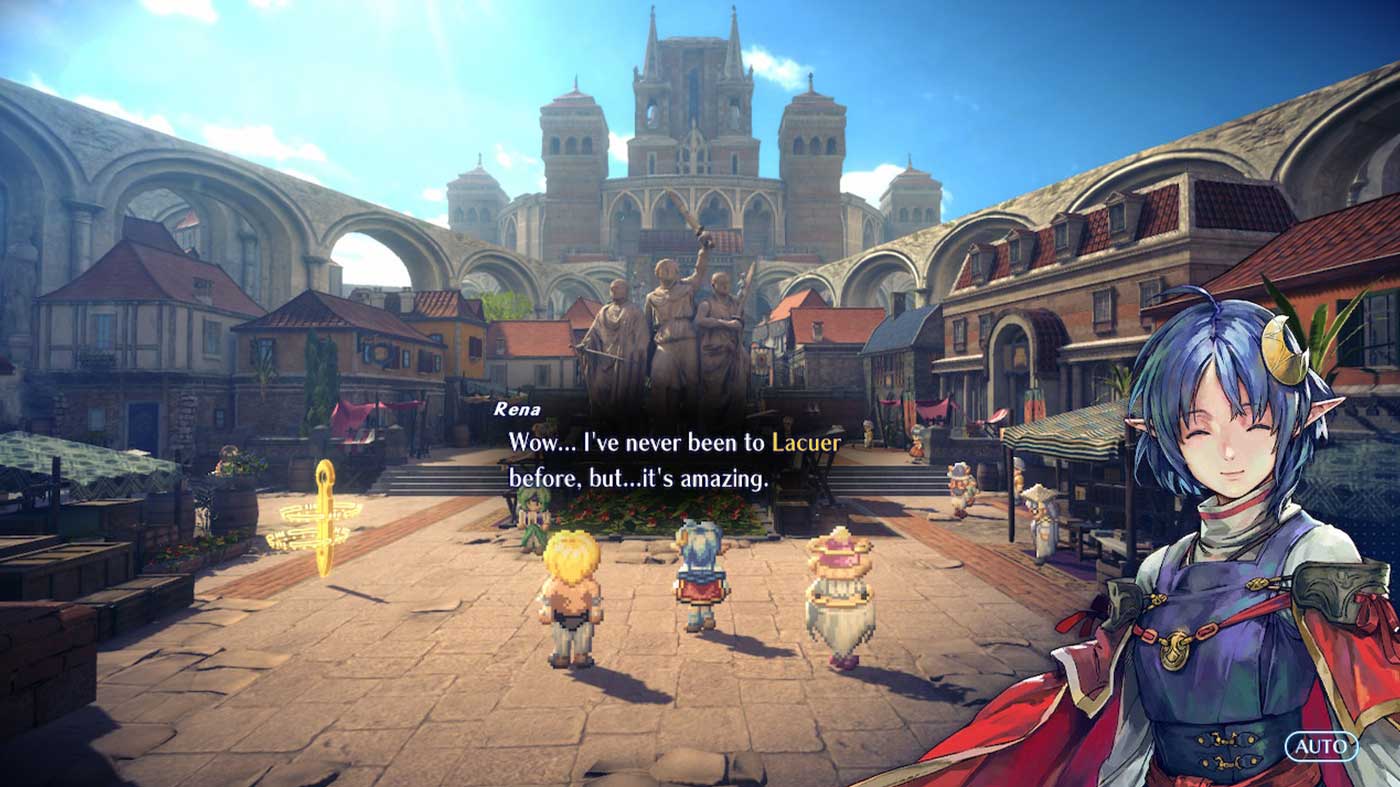
As far as RPGs go, it’s fairly typical in its structure. You take your party around a vast and sprawling world, completing quests for people and progressing the story to uncover the mystery of the Sorcery Globe. The structure and quality of the game is typical for a game coming from the golden age of RPGs. But what Star Ocean does different is what separates it from it’s peers. It’s also the way that The Second Story R streamlines these mechanics that makes it such a more more intuitive and enjoyable experience.
One example of this streamlining is how Star Ocean handles its almost-proprietary Private Action system. Private Actions are essentially 1-on-1 interactions between your main character and the rest of the party. In the original game, you’d experience them by entering a town in Private Action Mode, splitting up your party and letting them all go do their own thing. You can then go and track them down in the city and participate in certain activities to build your relationships. Each of the relationships affects how the endings play out, and, with the remake, you can even see visual indications of how you’re standing with each of your party members.
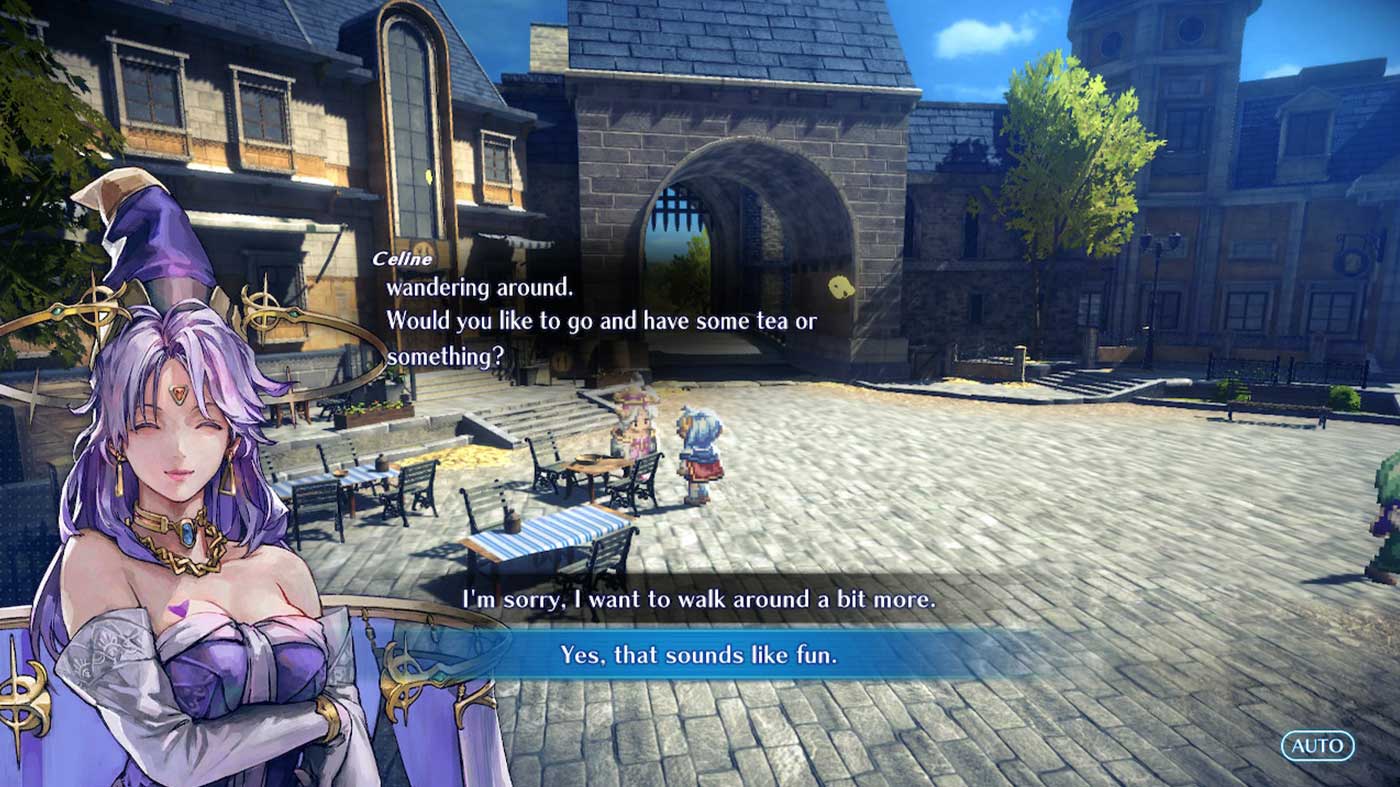
With the improvements included in The Second Story R, you can switch to Private Action mode at any point with the press of a button. On top of this, all available Private Actions appear on your map and those which are available for a limited time are marked as such. The original game is notorious for having so much hidden from the player and so many interactions missable – a carryover of the design philosophy from this era – but having it visible makes it so much more manageable.
GET IT FROM AMAZON FROM $64 WITH FREE SHIPPING
This design philosophy around making the experience better for the player continues with how exploration flows. There’s still a world map to explore with many towns to visit. You can even veer off the main path to more dangerous areas to level up quickly. But with The Second Story R, you can now pull up a map at any time and fast-travel to locations you’ve previously visited. Even better, you can even travel to specific shops you’ve visited before. It sounds like a small addition, but it alleviates a great degree of tedium from travelling endlessly like you normally would in games like these.
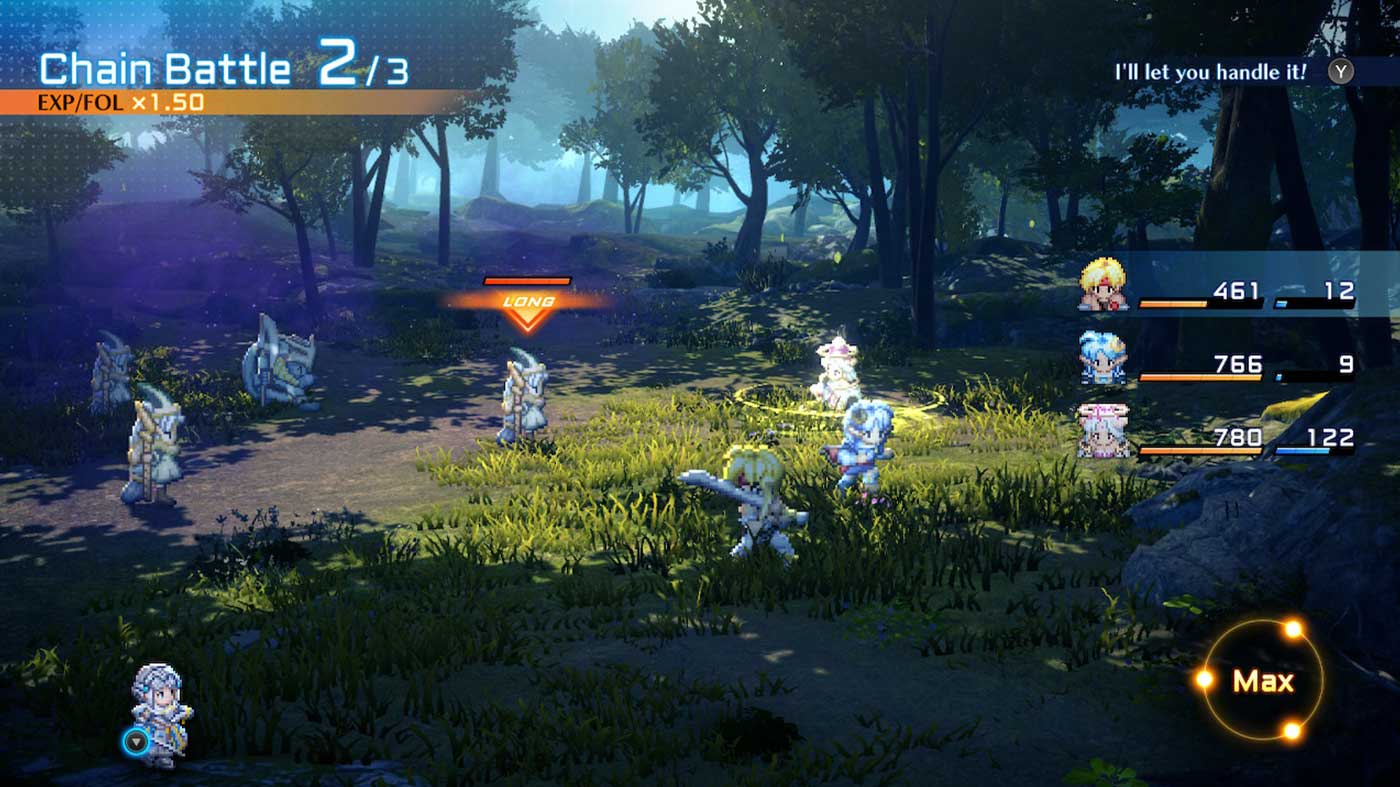
But no other system has been as dramatically reinvented as the battle system. The original game featured a real-time combat system akin to the Tales games, but through random encounters ala old-school Final Fantasy. It was and continues to be a solid battle system, but I’d argue it’s aged a little. Casting spells would constantly pause the action to show them play out, and physically-minded characters rarely offered anything more than mashing a single button to attack. There just wasn’t a lot of depth or nuance there.
The Second Story R expands combat with a new “Break” system. Borrowing from many RPGs of this era, it hides an enemy’s health bar behind armour that needs to be broken with certain moves. Breaking an enemy stuns them, leaving them susceptible to big damage. All characters can also now dodge parry moves to recover MP and break enemies faster too. There are even some battles where an enemy might be designated a leader, and they buff their party but also break their party if you break them. The idea of breaking is done to death in modern RPGs these days, but that’s exactly the point. The Second Story R’s battle system now, arguably, feels a lot more modern and has a lot more depth to it than when it was originally presented.
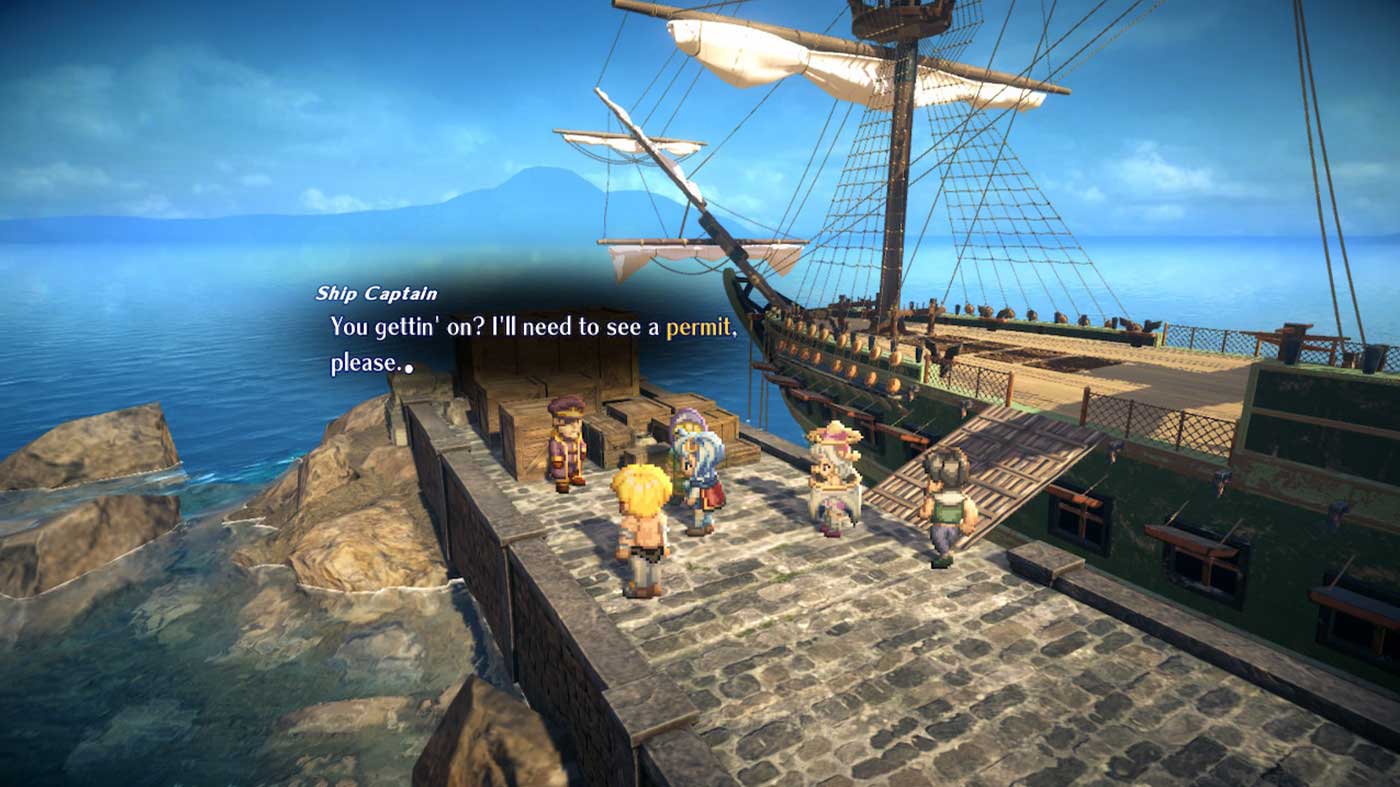
One aspect of the new battle system that I loved was also the Assault Action system. Essentially, you can nominate an ability for each of your party members and then call in that party member to perform that ability as a one-off assist move. It’s a great way to involve party members you might not use all the time who have the skills you want. As an even cooler touch, protagonists from previous Star Ocean games have been converted to sprite form and can also be summoned as assist-only party members too.
These are all major improvements that are bolstered by minor adjustments that help The Second Story R escape the typical pitfalls of RPGs from this era. Enemies now physically appear on the map and can be avoided if need be. Cutscenes can be sped up or even skipped if you’re familiar with the story and just want to get into things quickly. There’s even an autosave now, so if you accidently step into a battle that’s too tough, you can reload to an autosave or reload to just before the battle to adjust your party. They’re little adjustments that have a significantly positive effect on how the game flows.
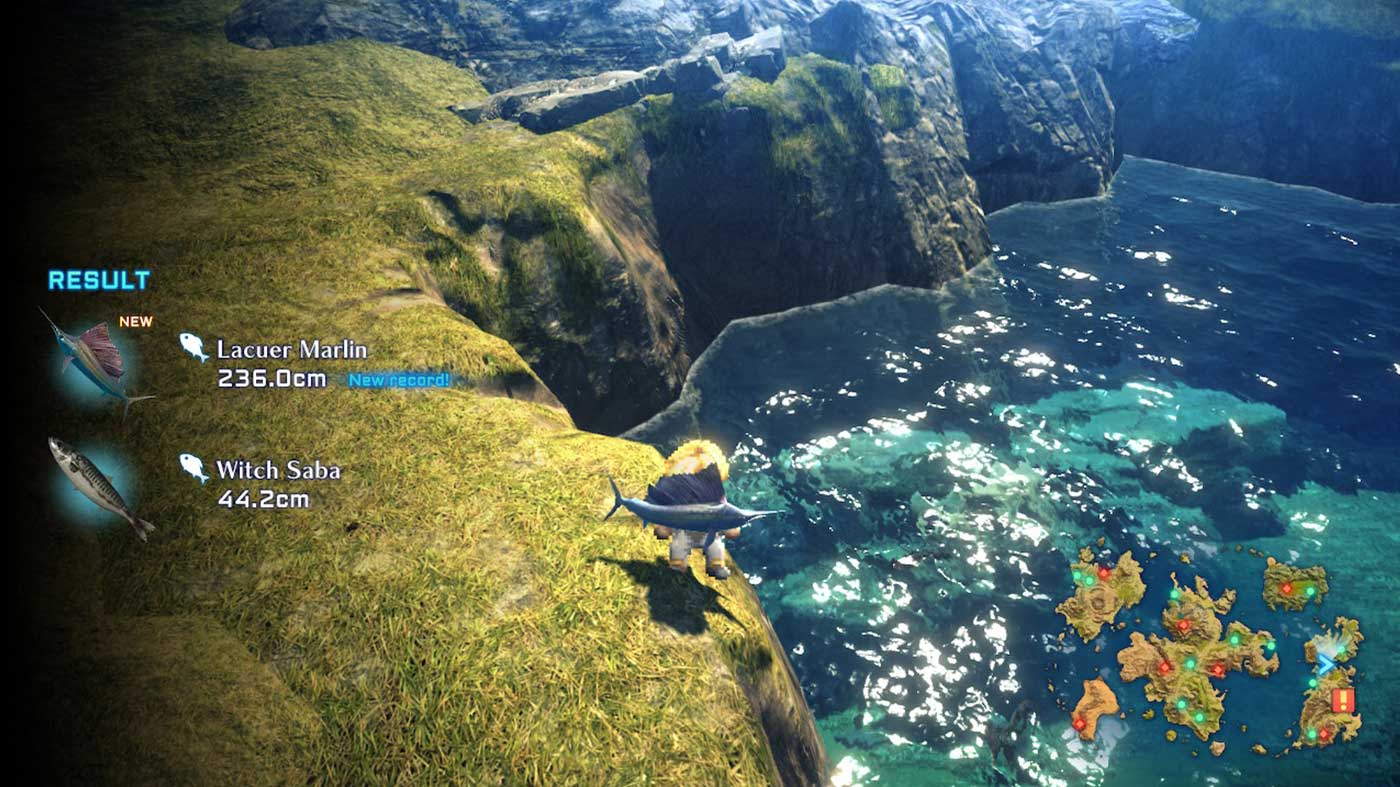
But I can’t really talk about Star Ocean without mentioning the skills systems and crafting. Easily one of the things that Star Ocean does best, the skills system in Star Ocean allows you to better specialise your party into the roles you want them to play. Some skills can also give you specialties, which can be used to craft items that buff you in battle. Specific skills you improve affect how your character behaves in combat but can also feed into the proficiency of these specialties. A crude example would be that increasing your skills with knives will improve your melee damage, but also improve your cooking skills. It’s an incredibly robust and in-depth system that many RPGs still have not matched, though it’s always been a strong point for the Star Ocean series.
I’ve never really wanted to replay an RPG after finishing it, but Second Story R makes an excellent case for why you should, more so than any RPGs of that era. While a typical playthrough might take around forty hours through the content that was in the original, there’s some new content added, too. A brand-new fishing minigame has been included with rewards for catching all fish. Recruiting certain party members will prevent others from joining, giving you more reason to play it again and try every one. But a newly added New Game Plus mode makes those replays more enticing than it was. It makes the need to get more of the eighty possible endings more palatable (if you so wish).
But of course, the presentation is where a crux of the improvements have been made. The original game had pre-rendered backgrounds, similar to older Final Fantasy games. The Second Story R scraps those and rebuilds all environments in full 3D with modern lighting. The sprites from the original game have been kept, adding a bit of an HD-2D look similar to games like Octopath Traveler. This shift in presentation does a great job of improving so many pivotal moments. Where once a scene was just described through text, the dynamic camerawork and improved visuals help to sell the sense of drama and wonder that these scenes were meant to inspire. It’s a fantastic-looking game and one of the most unique implementations of the HD-2D style. Even better is that it runs at 60FPS on Switch, too.
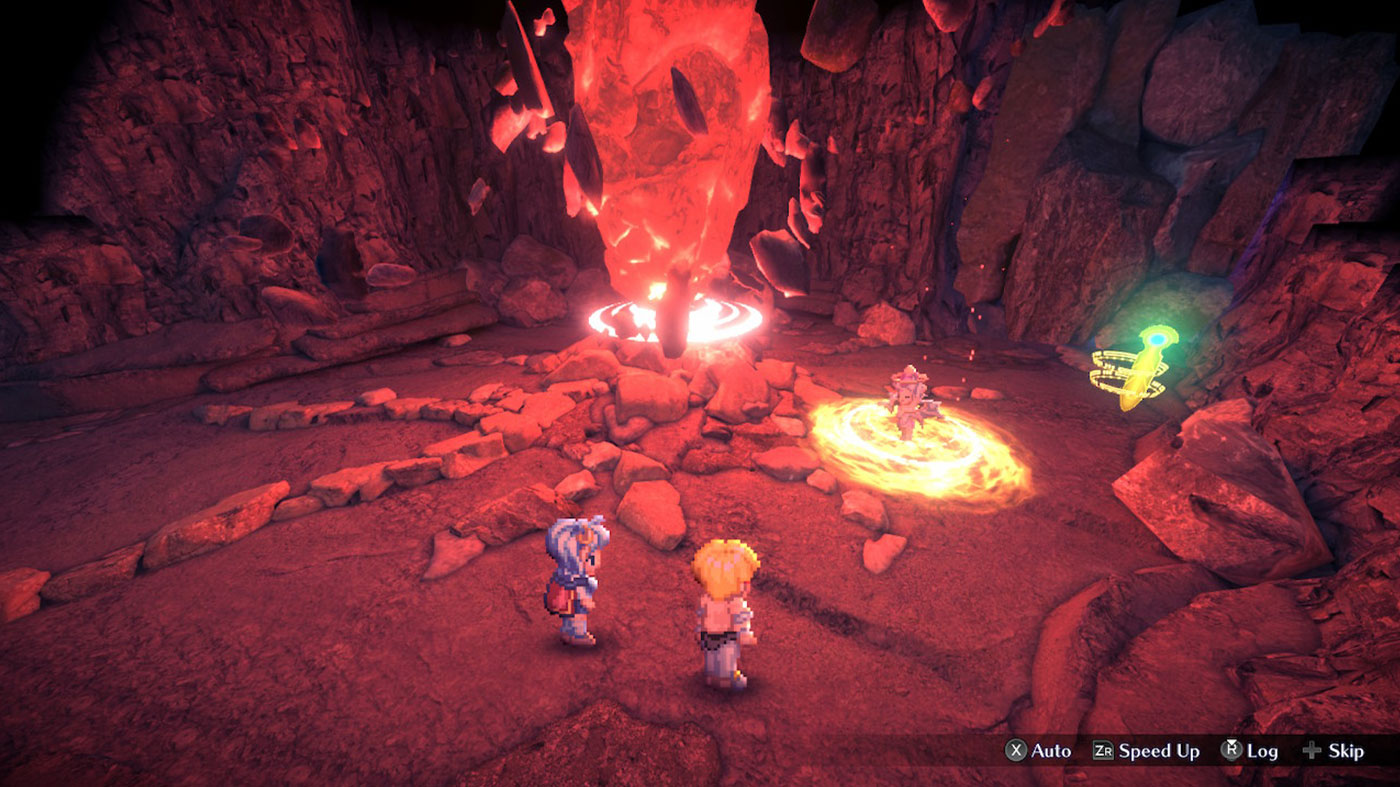
The audio overhaul is less of a sure-fire improvement. It’s a remarkable effort to include options to select the voicework from the original game, the 2009 remaster, and a brand-new dub. But neither English dub matches their characters, so having the option to choose the Japanese audio is appreciated, given how big this game is. The soundtrack, however, is still as impressive as ever. The new re-arranged music has much more depth and richness than the original. However, both are selectable if you want to experience the game as it was from an audio perspective.
When all is said and done, the changes will no doubt upset some purists, but there’s no mistaking that all of the improvements that Star Ocean: The Second Story R makes to the original make it a better game. It’s incredibly modernised and is honestly the treatment that Star Ocean has been worthy of for so long.


